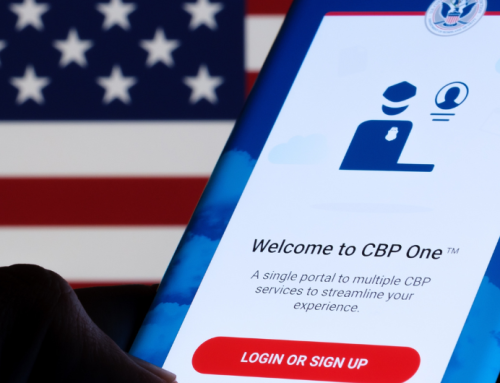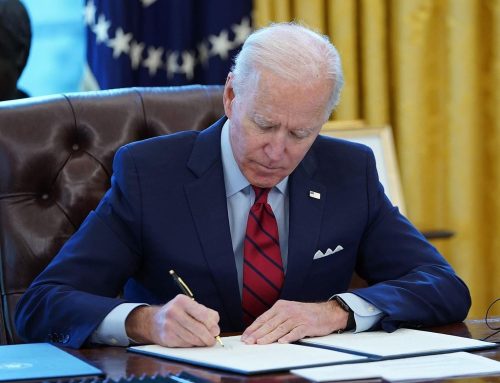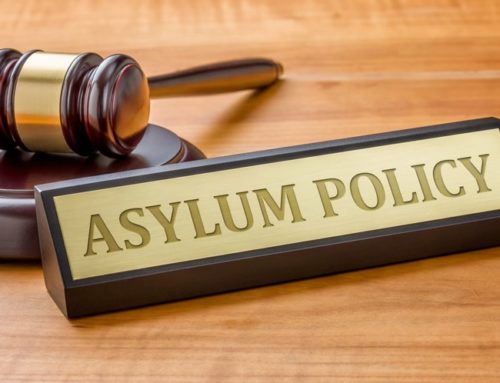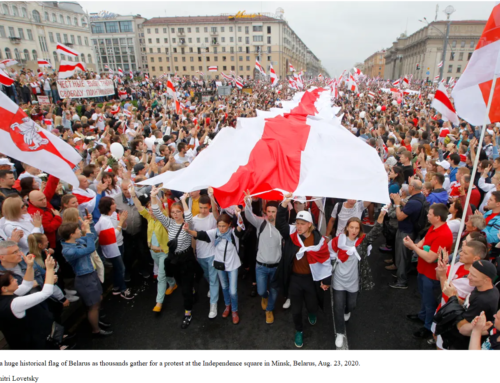Immigration Bill Outline Published
On April 16, 2013, a bipartisan group of senators published the outline of their proposed immigration bill, titled “Border Security, Economic Opportunity, and Immigration Modernization Act of 2013”. The full bill is expected to be introduced later today.
The 17-page outline describes an overhaul of the United States’ immigration system. Some of the key points of the outline are as follows:
- Homeland Security secretary must submit within 180 days a $4.5 billion plan for surveillance systems, fences, drones and other means to gain “effective control” of high-risk Southern border areas—meaning at least 90% of people attempting to enter illegally are apprehended or turned back.
- At that point, illegal immigrants could register for provisional immigrant status, allowing those who have lived in the U.S. since December 31, 2011, to work for any employer and travel outside the U.S., but not be eligible for federal benefit programs. They would be required to pay a $500 penalty, assessed taxes and a processing fee. People would be disqualified if convicted of a felony or three misdemeanors, among other grounds. The provisional immigrant status would last for a 6-year term that is renewable if the immigrant does not commit any acts that would render the alien deportable. Another $500 penalty fee would be required at the time of renewal.
- Permanent residency status could not be granted until the Homeland Security secretary and other officials declare the border goals to have been met. However, the bill also says people can apply for permanent status after 10 years. After another three years, those immigrants could apply for citizenship. Therefore, the bill would create a minimum 13-year path to citizenship for many of the 11 million undocumented immigrants.
- All employers would be required to use the federal E-Verify system to detect illegal workers, after a five-year phase-in period, and a system must be in place to track people with visas as they leave the country.
- Some agricultural workers and some people brought to the U.S. as children could get green cards in five years. The bill would create a visa for foreigners starting new companies in the U.S.
- The bill would increase the number of H-1B visas for highly skilled workers from the current 65,000 to 110,000. The current 20,000 exemption for U.S. advanced degree holders would be amended to be a 25,000 exemption for advanced degree graduates in science, technology, engineering, and mathematics from U.S. Schools. However, employers who rely heavily on H-1B workers would be required to pay higher fees.
- The bill would create a new “W” visa for low-skilled workers. A new agency would set the annual cap for W visas based on employment conditions and labor shortages.
- The bill would repeal the Diversity Visa Lottery Program. Foreign nationals who were or are selected for diversity immigrant visas for fiscal years 2013 or 2014 would be eligible to receive them.
- Merit Based Visa: The merit based visa would be created in the fifth year after enactment, awards points to individuals based on their education, employment, length of residence in the US and other considerations. Those individuals with the most points earn the visas. Those who access the merit based pathway to earn their visa are expected to be talented individuals, individuals in the worker programs and individuals with family in the US. 120,000 visas will be available per year based on merit. The number would increase by 5% per year if demand exceeds supply in any year where unemployment is under 8.5%. There will be a maximum cap of 250,000 visas.
You can read the full outline here: Outline-of-the-Border-Security-Economic-Opportunity-and-Immigration-Modernization-Act-of-2013
Attorneys at I.S. Law Firm have helped many individuals and corporate clients with their immigration matters. To explore your immigration options, please contact us at +1-703-527-1779 or via e-mail: [email protected].





